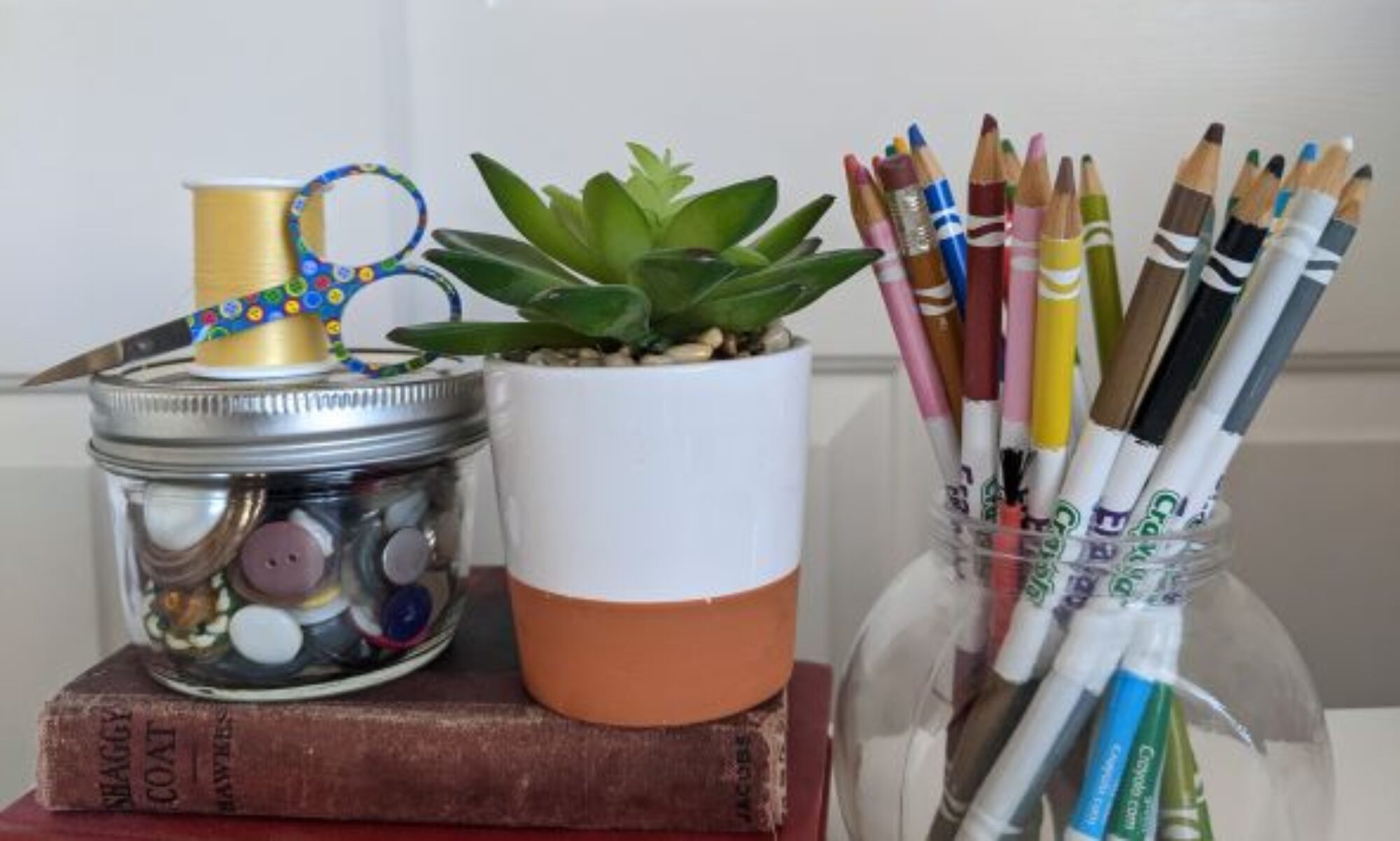The Lost Art of Clock Repair

The name of the shop gives the first clue you are traveling back in time. Four months ago my husband dropped off a clock at Ye Olde Clock Shoppe. Ed is not a clock enthusiast usually, but this timepiece has sentimental value. He purchased the clock in Switzerland when he was a student studying abroad, and had it shipped back as a gift to his parents. It moved from place to place, resting atop various shelves and side tables, never running properly, then stopping altogether. When Ed’s mother passed away this spring, we became the keeper of the clock .We’d almost forgotten about the repair shop until we got a call. “Your clock is ready. You can come pick it up.”
Although the shop appears to be an ordinary place of business set between others in the shopping center, once you open the door you enter a world where time tics and tocks–stands still and moves forward. In the dim light I see half dozen Grandfather clocks guarding the door, making it nearly impossible to approach the counter. The walls are packed with scores of cuckoo clocks–their hands still and their whimsical characters silent behind shuttered doors. Past the counter are shelves and shelves filled with clocks of all kinds waiting their turn to come back to life. More clocks create a maze on the floor, making passage through the shop difficult. Thoughts of Harry Potter’s Diagon Alley run through my mind and I am expecting a clock wizard to appear when I ring the bell for service.
And indeed, a woman with long gray hair, a long skirt and shawl, and wire-rim glasses walks from the back room to greet us. When Ed gives our name, she heaves a large black ledger onto the counter, scrolls through several pages, then taps our name with a bent finger. “Yes, yes, the Anniversary Clock. She’s a beauty. I’ll get her for you.” And she disappears into the back room. After several minutes, she carries the timepiece gingerly through the clock maze and eases it onto the counter.
She takes her time to tell us about our clock and how to care for it–how to make adjustments when it runs fast or slow. “You only need to wind it once a year…that’s why they call it an Anniversary Clock” she informs us.
And this is where the wizardry happens. The clock runs all year on the force of the pendulum–four golden balls that rotate, left and right, by centrifugal force. No batteries, no electricity, no internet connection. Of course it’s science, not wizardry. But what minds figured out how this works–how the minute hand and the hour hand move with surprising accuracy? It’s the timekeepers of the world who are keeping this lost art alive. The tinkerers of tiny parts, levers and gears.
The shop has a tremendous backlog of clocks needing repair, as there are few left who understand the craft. They are a dying breed, these horologists, in our high-tech world. While we are waiting, a woman comes in to complain. “I brought my clock in two weeks ago! Why isn’t it done?” A product of our “I want it now Amazon world”, she doesn’t understand it takes time to make time.
As we finish up, the wizard woman wraps our clock with great care. “Keep her steady, hold her on your lap on the way home.” And so I do, as if I were carrying a newborn on my lap. Once home we place it on the shelf we’d cleared in the living room, so we can enjoy it. We’ve made a few adjustments– a few minutes too fast, then too slow–she’s sensitive. But what a joy to watch. The pendulum moves silently around, back and forth at the perfect pace, and the hands keep time in sync with the rhythm of the Earth.
Here’s to the timekeepers of the world.


Threads of Thought
Do you have a clock story to share?
How to you keep and measure time? By your phone, Apple watch, Fitbit, digital, analog? How has this changed in your lifetime?

Time has a different quality to it now that I’m a writer. Learn more about my transition from teaching in Out of the Crayon Box, Thoughts on Teaching, Retirement, and Life http://amazon.com/author/debravandeventer
